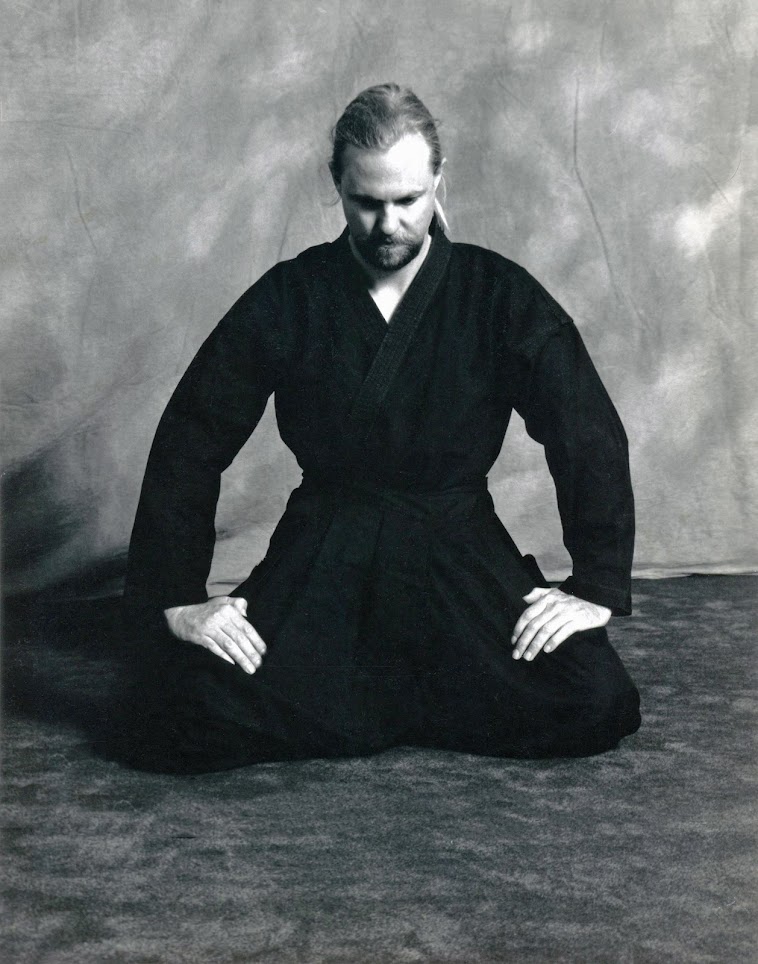By Scott Shaw
Kumdo
is the Korean art of the sword. Like many of the other modern Korean martial
arts, Kumdo arose at the end of World War II when the Japanese occupation of
the Korean peninsula was lifted. Historically, there is an essential fact about
Kumdo that many practitioners and non-practitioners alike do not understand.
That fact is, there is not one overriding style of Kumdo that has arisen from
Korea. There are a number of traditions that practice very different techniques,
yet they each exist under the banner of Kumdo.
With
the lifting of Japanese occupation, there arose a number of martial art practitioners
who had studied the Japanese martial arts, mostly in Japan, and had then returned
to their native Korea and began teaching these arts, generally under a new name.
This is what gave birth to the styles that eventually became the predominate martial
arts associated with Korea; namely: Taekwondo and Hapkido. Within the realms of
Taekwondo and Hapkido, yes, there are variants in style and technique but there
is also a great commonality. This, however, is not absolutely the case with
Kumdo. As the is no supreme governing body for Kumdo, like The World Taekwondo
Federation or the Korea Hapkido Federation, the various styles of Kumdo have
existed in their own right for decades.
Currently,
there is a style of Kumdo which holds very tightly to an origin based in
Japanese Kendo. This is the branch where you will witness the practitioners
putting on the long flowing pants that are mostly commonly known by the Japanese
term, Hakama. They also wear the face protection and have fighting competitions
using the bamboo sword or, Juk do, in Korean. But, there are other variants of
Kumdo that are just a prominent. Perhaps the most prominent of these are the
styles of Kumdo that have arisen within schools of Taekwondo where the Kumdo practitioner
uses a standardized set of forms to enhance their swordplay skillset. Within
this realm of Kumdo, you will witness the practitioner wearing the standard
martial art uniform and performing a prescribed set of stances, sword strikes,
and kicks defined by the specific form. Commonly, there are a set of ten distinct
form patterns that are taught to the students who practice this brand of Kumdo.
Of course, some of the other modern Korean martial arts systems such as Kuk Sul Won and Hwa Rang Do employ sword training in their curriculum, as well. But, as they are closed martial art organizations, the only people who are taught these techniques are their direct students. Thus, their brand of Kumdo is not as wide spanning as the previously described examples.
Of course, some of the other modern Korean martial arts systems such as Kuk Sul Won and Hwa Rang Do employ sword training in their curriculum, as well. But, as they are closed martial art organizations, the only people who are taught these techniques are their direct students. Thus, their brand of Kumdo is not as wide spanning as the previously described examples.
The
key point to understand, regarding Korean Kumdo, is that though there is a commonality
in title, Kumdo, this is not an overriding description of this style of martial
arts. This is based upon the fact that there are numerous schools and organizations
that practice vastly different techniques while all proclaiming that what they
do is, Kumdo.
Copyright © 2017 –
All Rights Reserved.
For further insight into Kumdo
you can also read,

